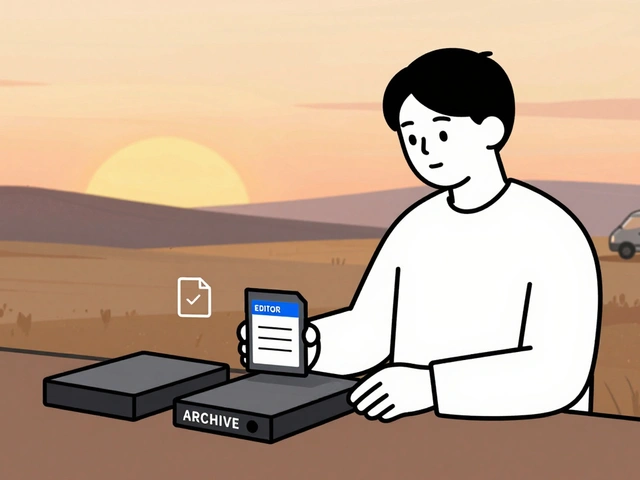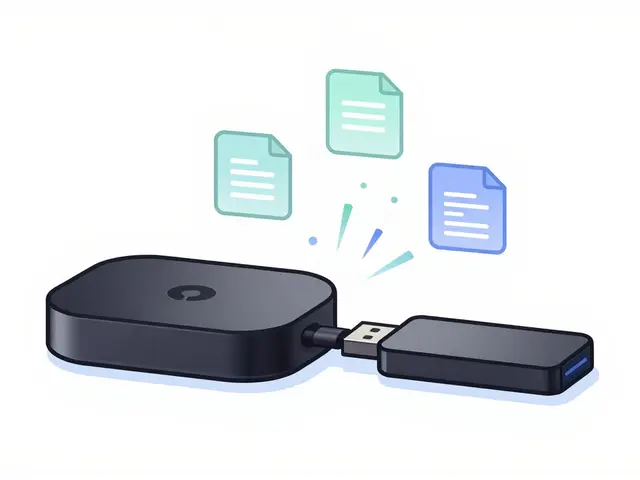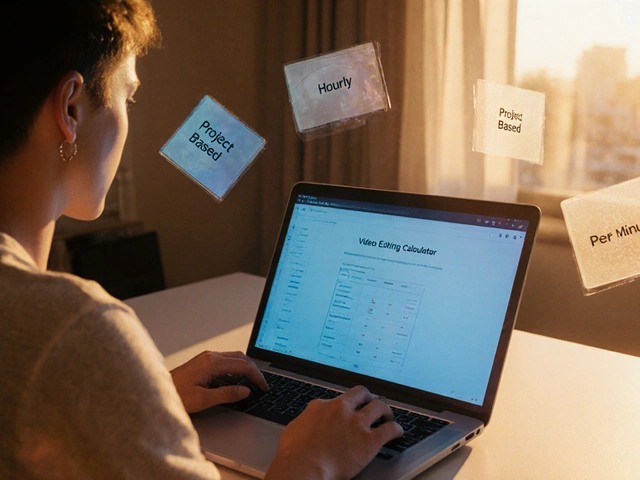Drug Interactions: What You Need to Know
Ever taken two pills and wondered if they’re a good match? Most of us mix prescription meds, over‑the‑counter drugs, and supplements without a second thought. But a bad combo can cause nausea, dizziness, or even serious health problems. This guide shows you how to read a drug interaction chart, spot red flags, and protect yourself with everyday habits.
How to Read a Drug Interaction Chart
A drug interaction chart is a table that lists medicines on both axes. When you find your drug on the left and the other drug on the top, the intersecting cell tells you the level of risk. The most common labels are:
- Minor: Little or no effect – you can usually take them together.
- Moderate: Some side effects may appear; watch for symptoms.
- Major: Strong chance of harmful reactions – avoid the combo.
Look for color codes too. Green means safe, yellow signals caution, and red warns you to stop the mix. If the chart shows a “monitor” note, talk to your pharmacist before you combine the drugs.
Top Tips to Avoid Dangerous Interactions
1. Make a list. Write down every prescription, OTC, vitamin, and herb you take. Keep the list on your fridge or in a phone note.
2. Ask a professional. Before starting a new medicine, call your pharmacist or doctor. A quick call can save you a hospital visit.
3. Use an app. Many health apps let you input your meds and will flag interactions instantly. Choose one that’s updated regularly.
4. Read labels. Even “natural” supplements can interfere with blood thinners or antidepressants. The fine print often mentions known interactions.
5. Watch timing. Some drugs need to be taken several hours apart. For example, calcium supplements can block the absorption of certain antibiotics if taken together.
6. Know the symptoms. If you feel a new headache, stomach upset, or unusual bruising after adding a new drug, stop the combo and call your healthcare provider.
7. Stay updated. New research can change the safety profile of a drug. If you’ve been on a medication for years, ask your doctor if anything’s changed.
By keeping a simple list, checking charts, and asking professionals, you can mix medicines safely. Remember, the goal isn’t to avoid all meds, but to use them wisely so they help, not harm, your health.
Got a question about a specific combo? Drop a note to your pharmacist – they’re the fastest source for a clear answer.
6
Pharmaceutical Breakdown of Popular Meds: Mechanisms, Risks, and Interactions (2025 Guide)
Clear, practical breakdown of common medicines: how they work, what they treat, risks, and key interactions-updated for 2025 with Australia-focused tips.
Latest Posts
Popular Posts
-
 How Roommates Can Fairly Share Wi-Fi and Streaming Costs
How Roommates Can Fairly Share Wi-Fi and Streaming Costs
-
 Data Management: DIT, Backups, and Archival Best Practices for Video Teams
Data Management: DIT, Backups, and Archival Best Practices for Video Teams
-
 Paramount+ with Showtime vs. Peacock Premium vs. ESPN+: Which Sports Add-On Fits Your Viewing Habits?
Paramount+ with Showtime vs. Peacock Premium vs. ESPN+: Which Sports Add-On Fits Your Viewing Habits?
-
 How to Expand Storage on Fire TV with USB Drives and Manage Apps Better
How to Expand Storage on Fire TV with USB Drives and Manage Apps Better
-
 Custom DNS for Streaming: Can Switching DNS Improve Video Start Times?
Custom DNS for Streaming: Can Switching DNS Improve Video Start Times?



